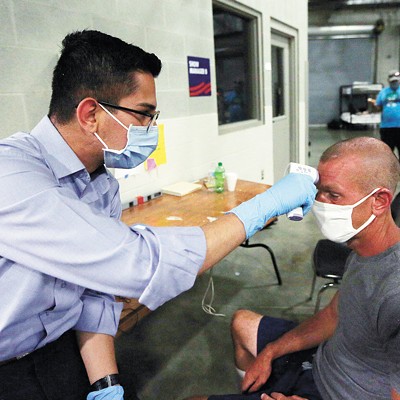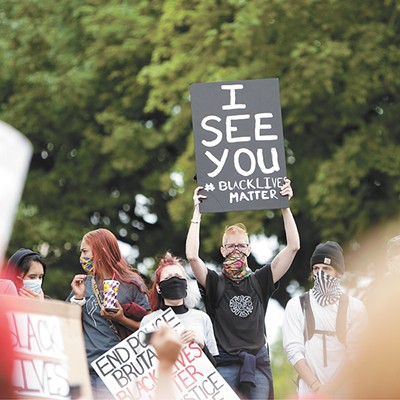In 1936, the editor of a newspaper in Alamosa, Colo., wrote a letter to Henry J. Anslinger, commissioner of the federal government's Bureau of Narcotics. The letter, introduced as evidence into a congressional hearing, informed Anslinger about a "sex-mad degenerate" who had recently "brutally attacked a young girl" while under the influence of "marihuana," as it was then spelled.
"This case is one of hundreds of murders, rapes, petty crimes, [and] insanity that has occurred in southern Colorado in recent years," proclaimed Floyd K. Baskette, city editor of the Alamosa Daily Courier. "Can you do anything to help us?"
The next year, Congress passed the Marihuana Tax Act of 1937, which subjected sales of cannabis to taxation that required a permit. Soon after, a 23-year-old from Trinidad, Colo., named Moses Baca became the first person arrested under the new law. He was sentenced to 18 months in federal prison. So began our long adventure in the criminalization of marijuana.
In 1970, Congress defined marijuana as a controlled substance, further giving muscle to eradication efforts in 1973 by creating the Drug Enforcement Administration.
Now, of course, 20 states and the District of Columbia have allowed some use of marijuana for medicinal purposes, and in Colorado and Washington state, the federal government has chosen to ignore recreational use as long as the two states block sales to young people and control by cartels.
Figuring out how to govern this new use has been a fascinating challenge here in Colorado. Many towns want nothing to do with marijuana; others embrace sales, and the taxes they generate. One ski town, Breckenridge, even expects to get $1 million in taxes this year. Most sales seem to be to tourists.
When I think of the past, what I find most interesting — and disturbing — was the logic we used to prohibit marijuana. It was the stuff of do-gooders. Various histories of the drug war point out that reformers associated marijuana with jazz musicians and others on the racial, economic and cultural margins.
By the 1960s, pot was linked to the "tune in, turn on, drop out" culture. Tainted by these associations, the drug could then be targeted as a villainous erosion of American values.
The letter from Alamosa in 1936 points to confusion about causality. According to that newspaper editor, back then you could blame marijuana for sexual assault and even murder.
In 1937, the American Medical Association wanted more evidence before it agreed that marijuana should be banned, but Congress was in a rush. Evidence such as the letter from Colorado was enough.
The 77-year lesson here is that it doesn't take leafy, herbaceous substances to make people muddleheaded. Even when we're stone-cold sober, we're fully capable of making stupid choices. ♦
Allen Best publishes the Denver e-zine Mountain Town News. This article first appeared in High Country News (hcn.org).




















